AKP, criminalization and the Republic of 'Campus' Prisons

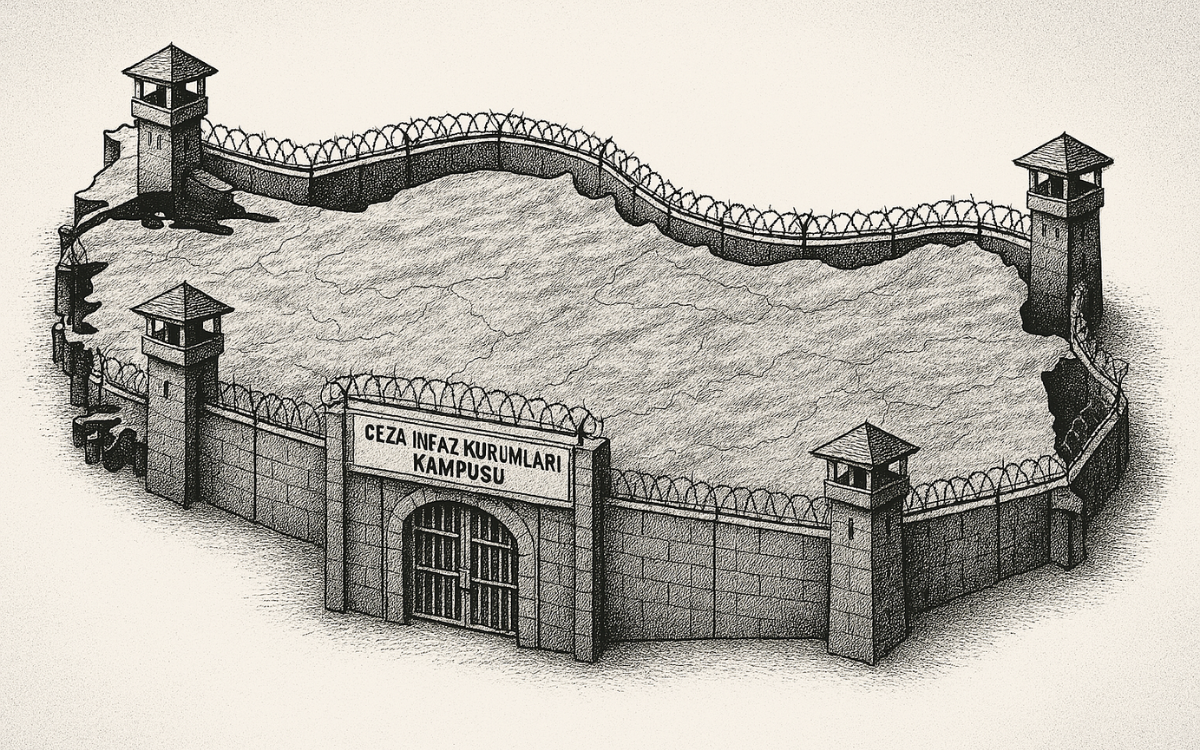
The penal enforcement regime in Turkey has been transformed in the last 20 years not only by the increase in the number of prisoners but also by the ideological orientation behind this increase. Under AKP rule, prisons have transformed from being a “punitive” part of the criminal justice system into a mechanism of administration and social discipline. This new period, which started in the 1970s, was carried to a new phase with the opening of the Type-F prisons, and under AKP rule, it has been further scaled up and almost all of its characteristic features have become visible.[1]
An explosion in the number of prisoners: From 50,000 to 400,000
In 2002, when the AKP came to power, there were 524 prisons in Turkey and the total capacity of these prisons was 73,725, while the number of prisoners in the same year was 59,512. In other words, there were about 15,000 empty beds in prisons. It has been 23 years since the AKP came to power and as of Apr 2025, there are 395 prisons in Turkey with a total capacity of 299,940. The number of prisoners has increased to over 400,000 (On Apr 7, 2025, the number of prisoners was 403,060. In other words, more than 100,000 prisoners have to sleep on the floor even though the capacity has been increased more than five times).
When we include individuals under Supervised Release, a system that began in Turkey in 2005, a more realistic picture emerges. As of Mar 31, 2025, there are 448,790 people under Supervised Release in Turkey. [2] In other words, at the beginning of 2025, the total number of detainees, convicts and individuals under probation in Turkey is over 850,000. This is the clearest example of the criminalization created in Turkey by the AKP's 23-year rule. The number of prisoners increased by 577%. When we include the number of probationers in this increase, the number rises to 1331%.
The graph below shows the dramatic change in the number of prisoners and capacity between 2002 and 2025:
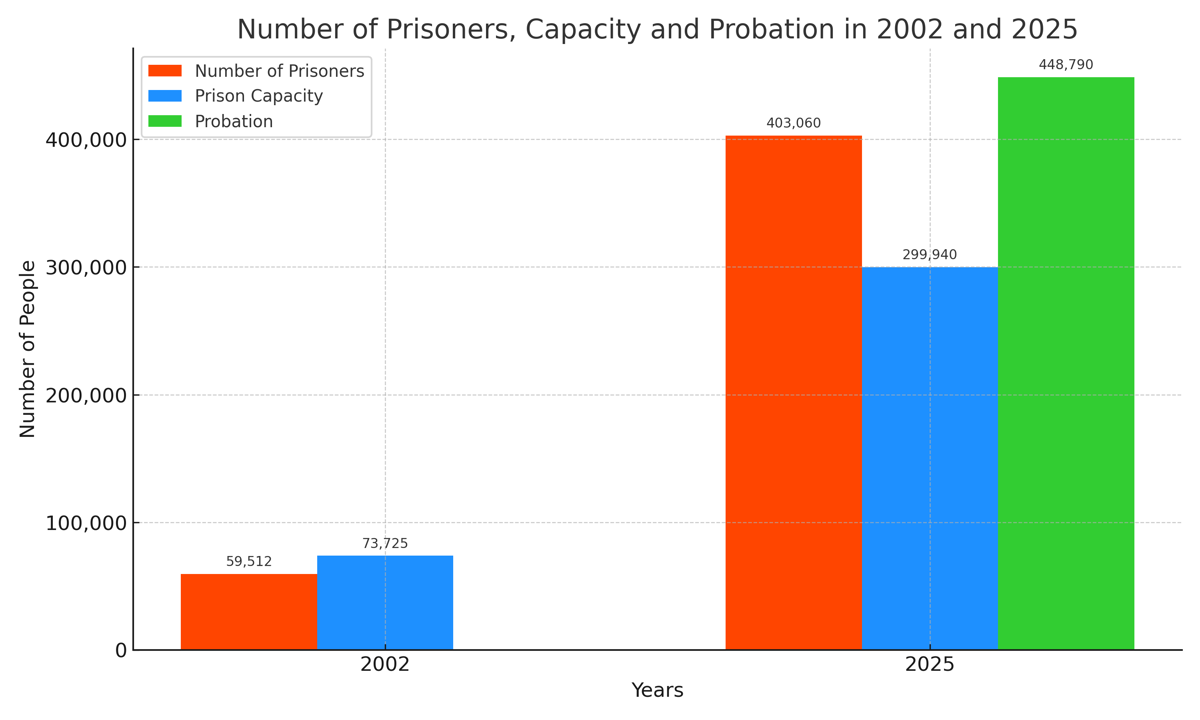
Prisoner labor: Invisible labor exploitation
From a human rights-centered perspective, two aspects of this transformation should be particularly noted. The first of these is that the AKP government has turned prisons into a place of prisoner labor exploitation. In 2024, Turkey's prisons employed 58,193 prisoners and as a result of the employment of these prisoners, the Provincial Organization of the Departmenf of Workshops earned 25,913,39,882 liras. The portion of this income given to prisoners as daily wages is only 756,817,630 liras. Even if we add 69,41,598 liras paid as insurance premiums to this, we see that only 3.18 percent of the income is returned to the prisoners.[3]
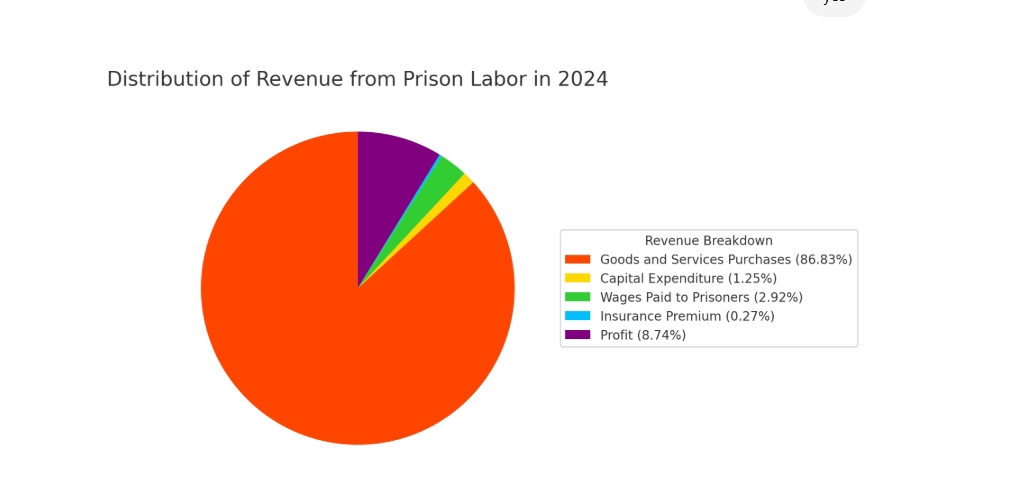
Prisons have been turned into a serious place of production and labor exploitation for the current government. However, since this is a secondary issue for this article, we can concentrate on the second issue that needs attention after presenting this labor exploitation determination.
The new penal execution regime: Isolation and 'campusization'
In 2002, when the AKP came to power, there were 525 prisons with a capacity of 73,725, whereas by Mar 2025 there were 395 prisons, i.e. the capacity reached nearly 300,000, although there were far fewer prisons. The reason for this change is the closure of low-capacity prisons and the opening of new high-capacity prisons, largely based on the cell system.
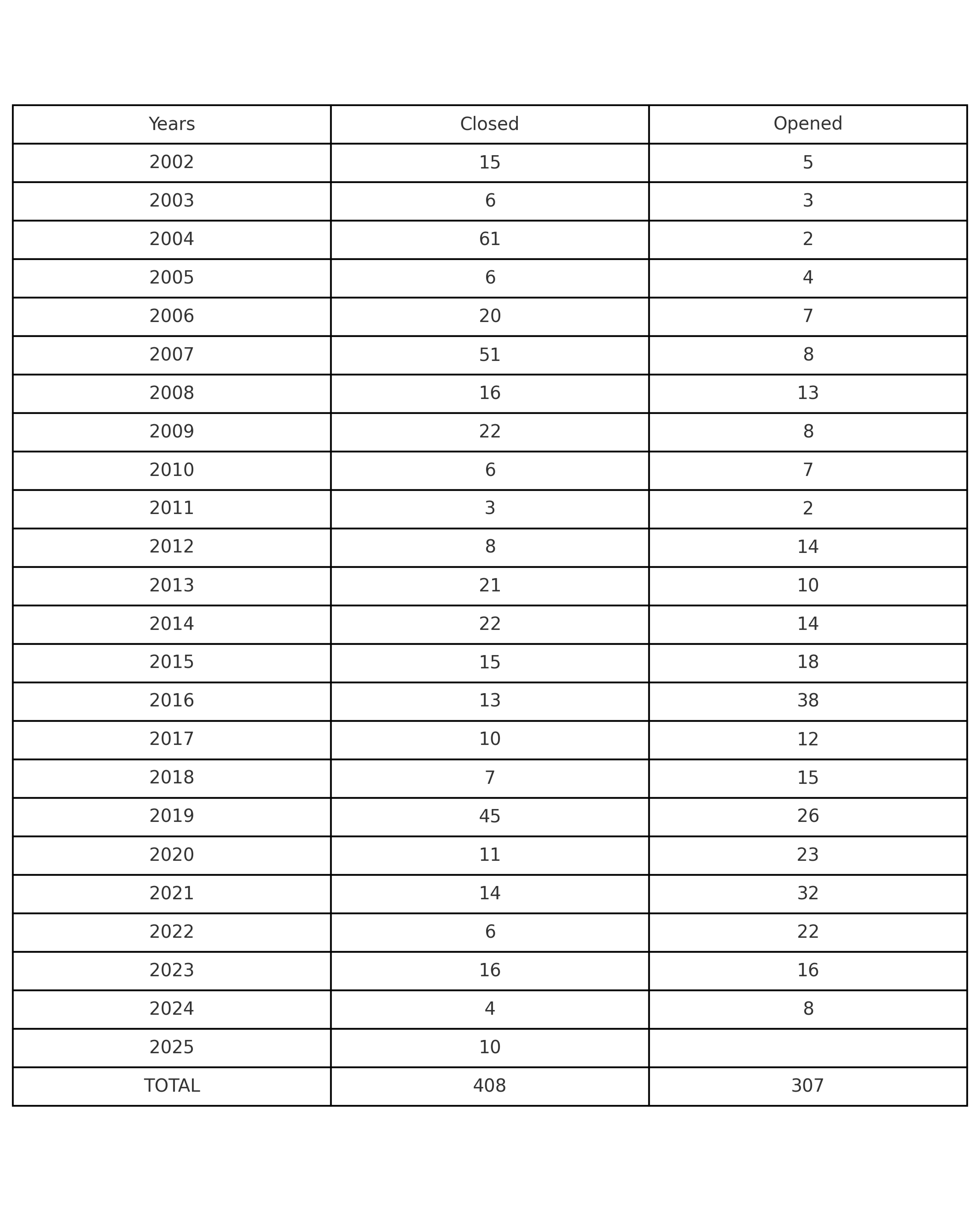
As this table shows, 307 of the 395 prisons that existed as of Mar 2025 were opened in 2002 and after the AKP came to power.[4] Three main characteristics of these prisons can be noted:
New prisons have higher capacities than old prisons.
The majority of them are built based on the cell system.
A significant number of these prisons have been put into operation as complexes (the Ministry of Justice calls them “campuses”) that include several prisons on the outskirts of cities together with other prisons.
The distribution of the 395 existing prisons by type as of Mar 2025 is as follows:[5]
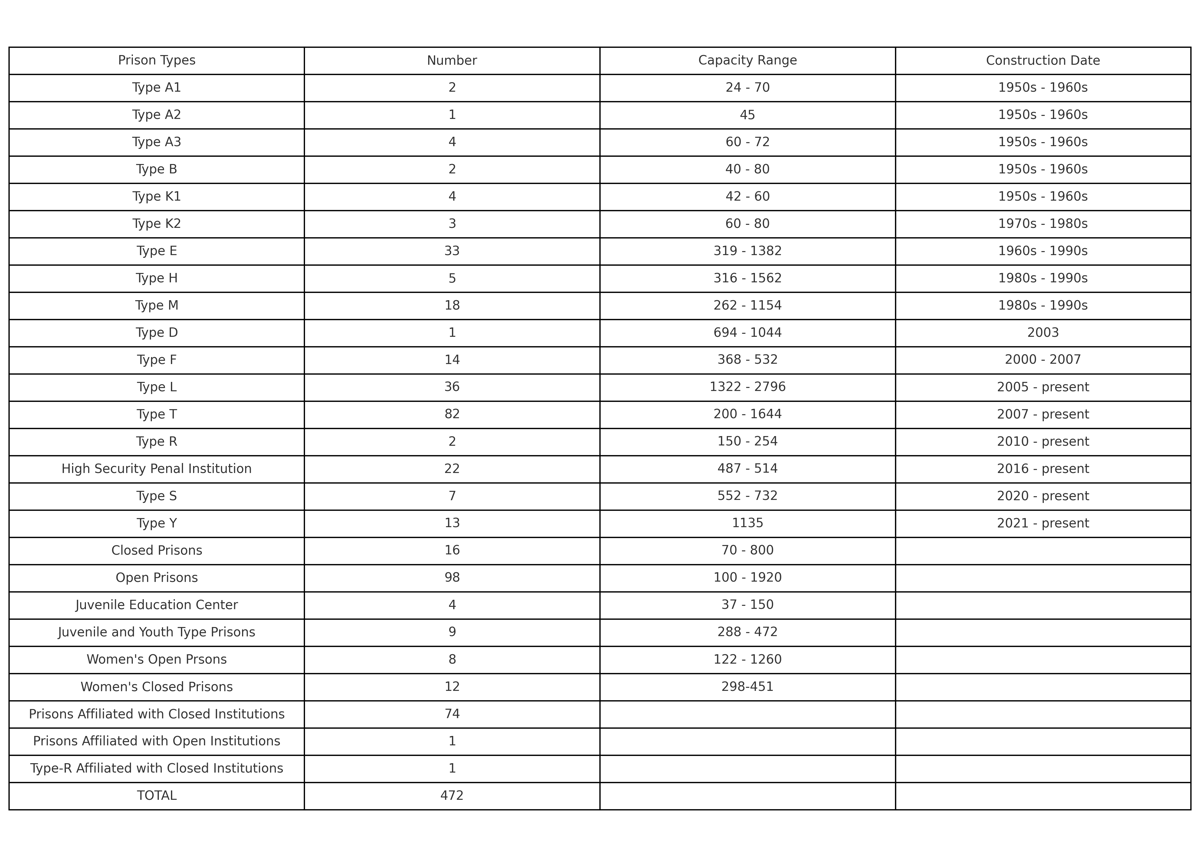
If the table is observed, all three of the new types of prisons opened in the last years of the AKP rule (High Security, Type-S, Type-Y) are isolation-based solitary confinement prisons, which are called “High-Security Closed Penal Enforcement Institutions” in the legislation. When the Type-D prisons opened in 2003 and the Type-F prisons opened between 2000 and 2007 are added to these prisons, the number of isolation-based solitary confinement prisons reaches 57 and their current capacity reaches 36,721.
The increasingly authoritarian regime and our freedoms
As stated in the legislation these cell-type prisons are used for;
- “organized crimes”, i.e. political prisoners and “organized crimes”,
- prisoners with aggravated life sentences,
- “dangerous criminals."
The fact that all of the new type prisons built in recent years are cell-type prisons can be seen as a clear expression of the government's use of the penal enforcement regime as a means of oppression and intimidation against the “organized opposition”. The fact that the number of prisoners has increased from 50,000 to 400,000 and the creation of penal cities called “campuses” with capacities exceeding 10,000 shows the dimensions of this repression and intimidation effort.
The increasingly authoritarian structure of the current regime not only signals that this trajectory will intensify, but the current state of the penal system also serves as evidence that the regime has already become more authoritarian. There is no indication to the contrary.
The AKP regime's prison policies are the product not only of a logic of punishment, but also of a practice of establishing a political and social order. Therefore, to think about prisons is to talk not only about prisoners, but also about the limits of our freedom.
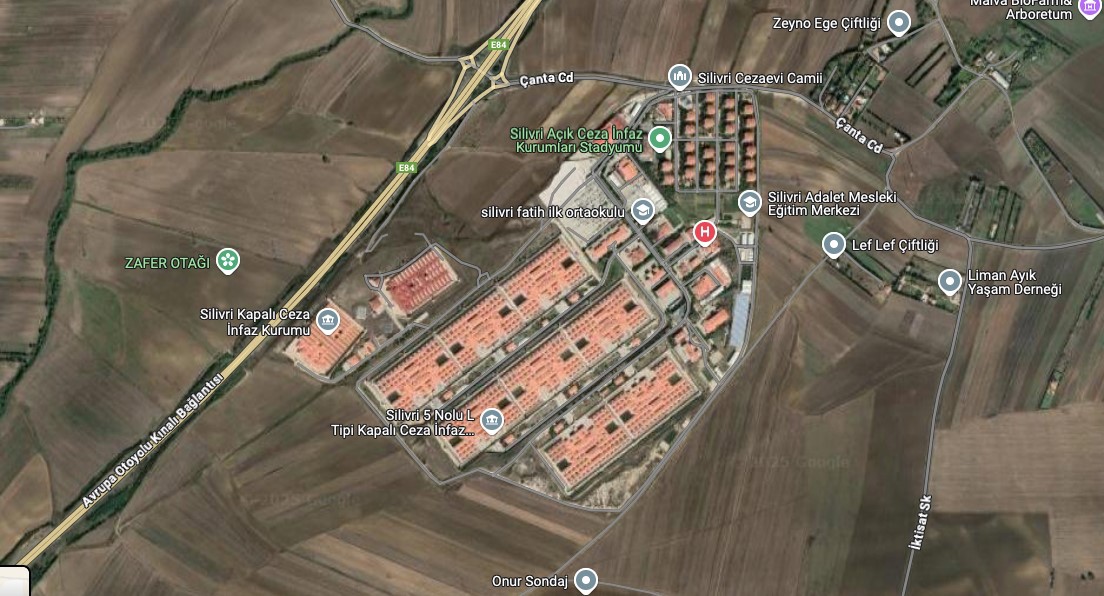
(Formerly known as “Silivri”, now known as “Marmara Penal Institutions Campus”, which contains 11 prisons with a total capacity of approximately 20,000. In almost every province of Turkey, a “penal town” has been built on a similar scale, if not on this scale, under the name of “penal institutions campuses.”)[6]
Footnotes:
[1] On this transformation of Turkey's penal execution system, see my book Kapatılmanın Patolojisi / Osmanlı’dan Günümüze Hapishanelerin Tarihi. Kalkedon Publishing, İstanbul, May 2014
[2] Data is taken from the website of the General Directorate of Prisons and Detention Houses. https://cte.adalet.gov.tr/Home/BilgiDetay/22 Date of Access: Apr 13, 2025
[3] Data is taken from the 2024 Annual Report of the Institution of Criminal Execution Institutions and Detention Houses Workyards. https://iydb.adalet.gov.tr/Home/BilgiDetay/6 Date of Access: Apr 13, 2025
[4] This table was created using the data announced by the General Directorate of Prisons and Detention Houses (CTE) on its website. https://cte.adalet.gov.tr/Home/SayfaDetay/cik-genel-bilgi Date of Access: Apr 13, 2025
[5] The first two columns of this table are based on the data published on CTE's website on Apr 10, 2025. https://cte.adalet.gov.tr/Home/haritaliste Date of Access: Apr 13, 2025
Since the table also lists prisons that do not have their own directorate and are “affiliated” to another prison, the number of prisons is 472. When 76 “affiliated” prisons are removed, the remaining number of prisons is 396. The last two columns of the table are based on many different sources.
[6] Image taken from Google Maps. Accessed Apr 13, 2025





.jpg)